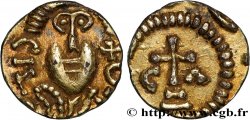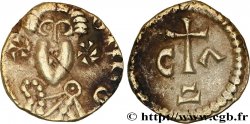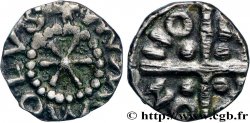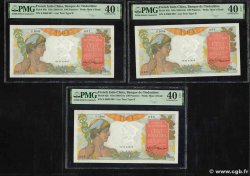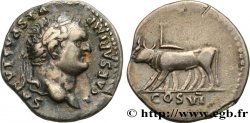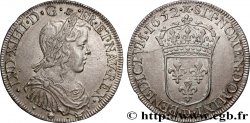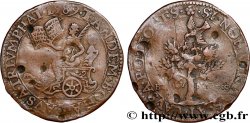bmv_365580 - CHALON-SUR-SAÔNE (CABILONNUM) - Saône-et-Loire Triens, monétaire BAVDOMERE & RIGNOALDVS
Not available.
Item sold on our e-shop (2015)
Price : 1 500.00 €
Item sold on our e-shop (2015)
Price : 1 500.00 €
Type : Triens, monétaire BAVDOMERE & RIGNOALDVS
Date: c. 600-620
Mint name / Town : 71 - Chalon-sur-Saône
Metal : gold
Diameter : 14 mm
Orientation dies : 6 h.
Weight : 1,23 g.
Rarity : R3
Coments on the condition:
Triens sur un flan large mais un peu court par rapport à la taille des flans. Frappe à peu près centrée avec des zones un peu molles
Catalogue references :
Predigree :
Cet exemplaire provient de la vente Bourgey du 2 mars 1925, n° 675
Obverse
Obverse legend : + CAVILO - NO FIT.
Obverse description : Buste diadémé et perlé à droite, manteau drapé à l’antique ; légende autour.
Reverse
Reverse legend : + BAVDOM[ERE ET RIGNO]ALDO M.
Reverse description : Croix latine sur deux degrés posés sur un globe, accostée de CA, dans une couronne végétale ; légende autour.
Commentary
Avec la légende CAVILO-NO au droit, ce style de buste et l’association de deux monétaires au revers, ce triens correspond précisément au n° 26 de la description raisonnée de Ponton d’Amécourt. Les coins de droit et de revers sont très proches de ceux du n° 396 de Cambridge, lui-même issu des mêmes coins que le BN 173 (= Belfort 1135). Au total le Monetae recense 13 exemplaires ; ce triens est le quatrième de l’inventaire.







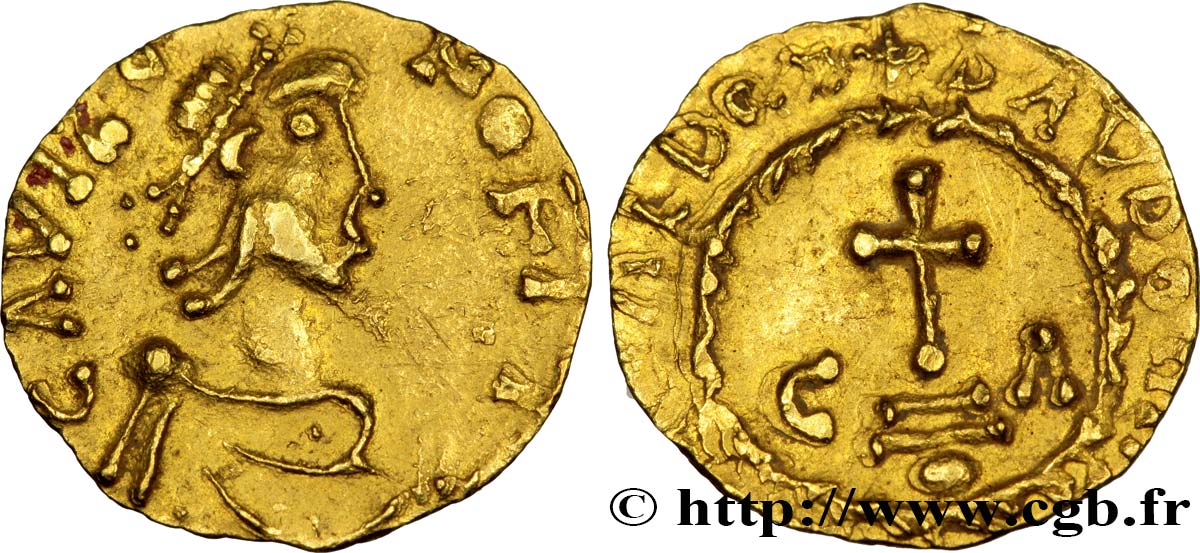
 Report a mistake
Report a mistake Print the page
Print the page Share my selection
Share my selection Ask a question
Ask a question Consign / sell
Consign / sell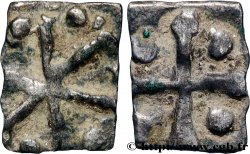
 Full data
Full data